Why Filmmakers Will No Longer Need to Pray to Weather Gods Thanks To Technology
Authored by Robert Godinho, Managing Director, Media.Monks India
Nature - a filmmaker’s best friend on most days, the perfect twilight sunrays can lend a golden glow to the shot. But it also opens the door to uncertainties, especially rain. In a country like India, where all four corners experience different and unpredictable weather conditions, specially monsoons and unforecasted rain, brands and filmmakers have to build in safety options A, B and C to ensure nothing is left to chance.
I remember a few years ago, my crew and their families were praying to god for the rain to stop for an outdoor shoot with a top Indian celebrity. Admittedly, this is somewhat an amusing picture but the reality is, any time you find yourself with the weather you don’t want, there will be pressure on finances and the creative process. There have been many washouts and subsequent days spent working out on calculators what the damage will be in pushing a shoot date.
It was always our dream as filmmakers to minimize this dependability, and as technology advanced it gave us a chance to start exploring what we can do with technology and not just what technology can do for us. Virtual Production unlocks creative potential by making production foolproof and opens endless opportunities into building out a new dimension for filmmakers.
We are ready to invite people into our world and expand the limits of their own creativity.
Virtual Production is the answer
Technology and innovation have given rise to a new era of ‘virtual production’ that we’re spearheading.
In short, virtual production is a real-time interactive computer-generated set. Much like a physical film set, you can change everything in the virtual environment in real-time. This technology eliminates the most significant fear that a filmmaker has, paucity of time to wrap the shoot due to weather conditions.
The cost and ‘God clause’
To put numbers on the board, an average film shoot production will start with around 60-75% out-of-pocket spend. Contracts will usually have a ‘God clause’ to assign that risk, but as soon as that contract is signed, someone is going to pay, if uncontrollable factors are in play.
This gets neutralized with a virtual production setup allowing people to concentrate on talent delivery, choice of set and props with no fear of clouds, rain or storms.
The celebrity factor
Celebrity endorsement time = marketing gold. So instead of making celebrities wait in the middle of shots, for physical setups or weather glitches stalling shoots, imagine if we could effectively use their time better. Imagine being able to shoot multiple locations without losing transit time. Imagine being able to creatively deliver everything you wanted instead of compromising.
The contingency is not just weather; it’s talent management, time management, and crowd management. Actors and celebrities prefer shooting abroad, as external factors can be better controlled for outdoor shoots. Shooting films in virtual production gets us the best of both - shooting premium locations but in controlled environments without crowds or the weather playing foul.
The impact on creative quality
When the first virtual production or in-cam VFX was done by James Cameron in Avatar, the first version of this was that the director could see what he was shooting, instead of just the green screen. The actors were still against the screen but at least the director and the DOP could see what they were shooting and what angles made sense.
Fast-forward to John Favreau on The Mandalorian, who wanted the actors to perform against what they were seeing, to enhance the performance. If the actors can see the action on the LED screens and react in real-time. From an acting point of view, it really enhances the performance.
Technology, literally, moves mountains
To make this happen, we use tracking systems that loop into a master tracker, situated on a practical, physical camera. It then sends a signal to the 3D software, which tells the 3D camera where it is and how it moves. Just like it would in a real environment, it is actually part of the shot. Conventional backdrops or green screens would need a lot of post-production to do that, as well as missing out on the actors seeing all of this happen in real-time.
We can also give controllers to the director on an iPad, which has sliders so they can change aspects like the exposure or the temperature with a slide. This is very innovative. We always joke ‘let's move mountains’ with Virtual Production, we now can. It’s that literal, it’s that flexible and it’s easy to do.
Seeing is believing for creatives
When people experience virtual production firsthand, their way of thinking creatively changes. As a creative writer, you will have grown up to all the stereotypes, so you only see things as you have experienced them.
With this technology, fantasy is suddenly more achievable. That is where your paradigm shift of creativity really kicks in. Not only can you think about it, but you can also visualize it. The whole reason we are building out a maker-first mentality and putting this at the center of our campus and the technology we are building, is so that creatives can see, touch and feel things in new ways. Only then will we be truly free to create experiences in new formats that are more challenging and exciting.
DISCLAIMER: The views expressed are solely of the author and Adgully.com does not necessarily subscribe to it.


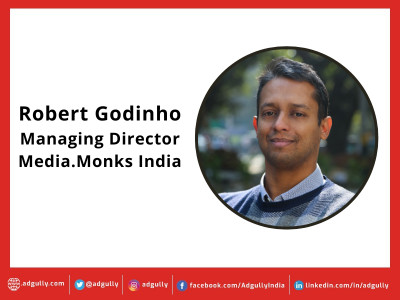
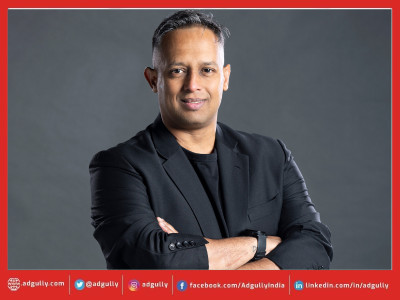
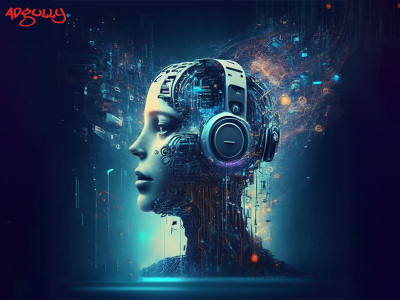
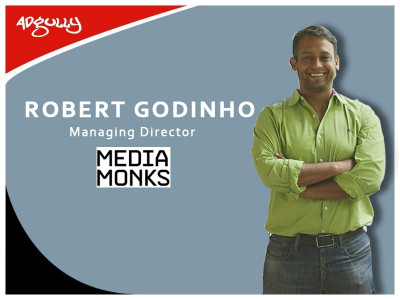
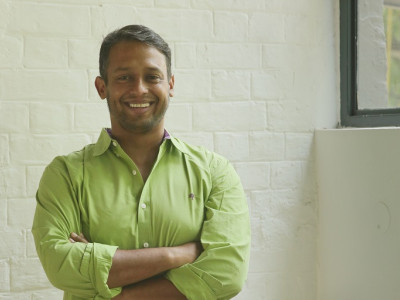



Share
Facebook
YouTube
Tweet
Twitter
LinkedIn